Are Amazon's Diapers a Good Deal?
If price is your chief concern, you'll find better bargains on some other brands.

Amazon, which already sells a variety of discounted brand-name diapers, has expanded its selection by launching its own line of baby diapers. But before you log on to place an order for the online retailer's new Elements diapers, there are few things you need to know about pricing and availability.
For starters, Amazon Elements diapers are available only to members of the Amazon Prime service. If you don't have a membership, you'll need to fork over $99 a year to join. In addition to the diapers, Amazon is also rolling out Elements wipes that are available exclusively to Prime members.
The Elements brand is being touted as a line of "premium" everyday products. Diapers and wipes are just the beginning. So even though Amazon is known for competitive pricing, its new diapers aren't cheap. They do cost about 10 cents to 25 cents less per diaper than other premium, environmentally friendly brands such as Seventh Generation and Earth's Best. Elements also costs several cents less per diaper than Pampers' higher-end Sensitive line.

Sign up for Kiplinger’s Free E-Newsletters
Profit and prosper with the best of expert advice on investing, taxes, retirement, personal finance and more - straight to your e-mail.
Profit and prosper with the best of expert advice - straight to your e-mail.
However, based on our calculations, you'll save money if you opt instead for store-brand diapers from Target and Walmart. When you factor in the cost of a Prime membership, expect to pay about $300 more over three years keeping your baby swaddled in Elements diapers than in Target's Up & Up brand. That price difference even takes into account the 20% discount on recurring deliveries of Elements diapers received by Amazon Mom members. (There's no additional cost to join Amazon Mom, but you must have a Prime membership to be eligible.) If you take advantage of the 5% discount and free shipping offered by the Target.com subscription service for regular deliveries of Up & Up diapers, you'll pay about $600 less over three years versus Amazon Elements diapers. There's no cost to join the Target.com subscription service. You'll pay about $700 less over three years for Walmart Parent's Choice brand diapers compared to Elements diapers.
Even Pampers Baby Dry diapers ordered through Amazon with a Prime membership (to get free shipping and the 20% Amazon Mom discount) will set you back about $100 less over three years than Elements diapers. Our calculations are based on the use of 360 newborn diapers (12 diapers a day for 30 days); 900 size 1 diapers (10 diapers a day for three months); 1,200 size 2 diapers (eight diapers a day for five months); 630 size 3 diapers (7 diapers a day for three months); 2,160 size 4 diapers (6 diapers a day for 12 months); and 2,160 size 5 diapers (6 diapers a day for 12 months). Because diapers are bought in packages -- not individually -- when necessary we rounded up the number of packages that need to be purchased to cover each stage.
So the question is whether to pay a premium for Amazon's premium diapers. According to Amazon, a key selling point of its new Elements line is the detailed amount of information made available to consumers about what goes into its products. Scan a unique code on your package of Elements diapers, the company says, and you'll find out the origins of the materials and when and where the diapers were manufactured. If, for example, it's important for you to know that the fluff used in Elements diapers to absorb moisture comes from a specific type of pine tree in Alabama, or that the aloe and vitamin E infused into the inner lining come from Israel, then Elements might be for you. A box of Walmart Parent's Choice diapers simply says, "Made in the USA with imported parts."
All three of my children have worn Target- and Walmart-brand diapers without any problems. My youngest is almost out of diapers (fingers crossed), so I won't be trying Amazon Elements. It's up to you whether you want to pay more for premium diapers or spend less with a big-box retailer's brand -- and perhaps start a college fund with the money you save.
Get Kiplinger Today newsletter — free
Profit and prosper with the best of Kiplinger's advice on investing, taxes, retirement, personal finance and much more. Delivered daily. Enter your email in the box and click Sign Me Up.

Award-winning journalist, speaker, family finance expert, and author of Mom and Dad, We Need to Talk.
Cameron Huddleston wrote the daily "Kip Tips" column for Kiplinger.com. She joined Kiplinger in 2001 after graduating from American University with an MA in economic journalism.
-
 Stock Market Today: Trump Retreats, Markets Rejoice
Stock Market Today: Trump Retreats, Markets RejoiceStocks rally, yields soften, the dollar rises, and even beaten-down names enjoy the wages of potential trade peace.
By David Dittman
-
 In Trump’s Economy Should 401(k) Savers 'Set It and Forget It?'
In Trump’s Economy Should 401(k) Savers 'Set It and Forget It?'It’s hard to bury your head in the sand when the markets are volatile. Here’s when it makes sense and when it doesn’t.
By Donna Fuscaldo
-
 Amazon Prime Members Can Now Save Nearly $70 Per Year on Gas
Amazon Prime Members Can Now Save Nearly $70 Per Year on GasAmazon Prime members can save 10 cents per gallon at select gas stations. See how to sign up for discounts.
By Kathryn Pomroy
-
 12 Books That Taught Us About Finance
12 Books That Taught Us About FinanceFrom classics to recent bestsellers, here are some of the best money and personal finance books you can find on Amazon, according to Kiplinger's editors and writers.
By Alexandra Twin
-
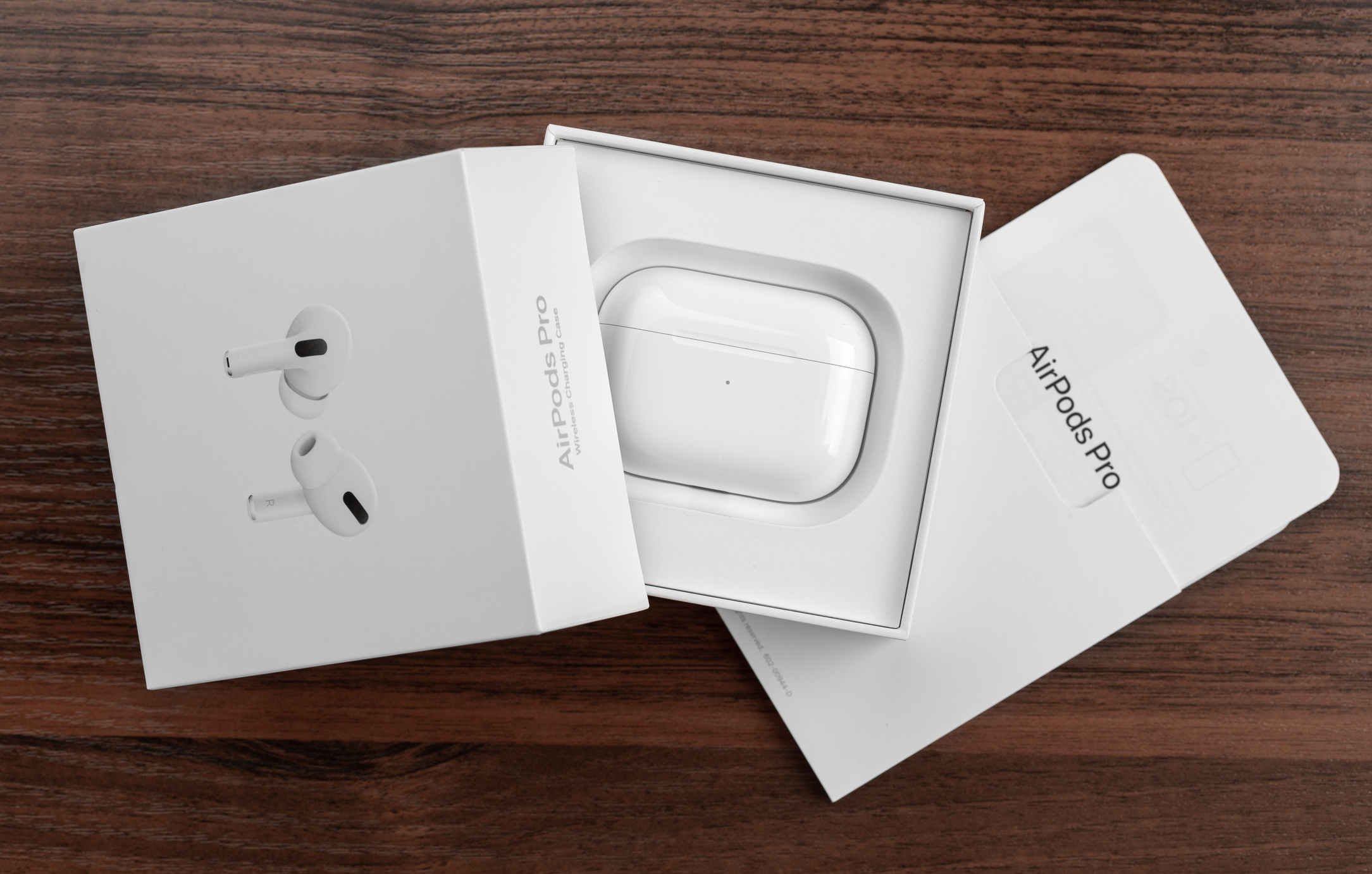 Get Apple AirPods Pro 2 for the Lowest Price Ever on Amazon Prime Day
Get Apple AirPods Pro 2 for the Lowest Price Ever on Amazon Prime DayScore the AirPods Pro 2 for their lowest-ever price this Amazon Prime Day. Plus, shop for other Apple products on sale.
By Erin Bendig
-
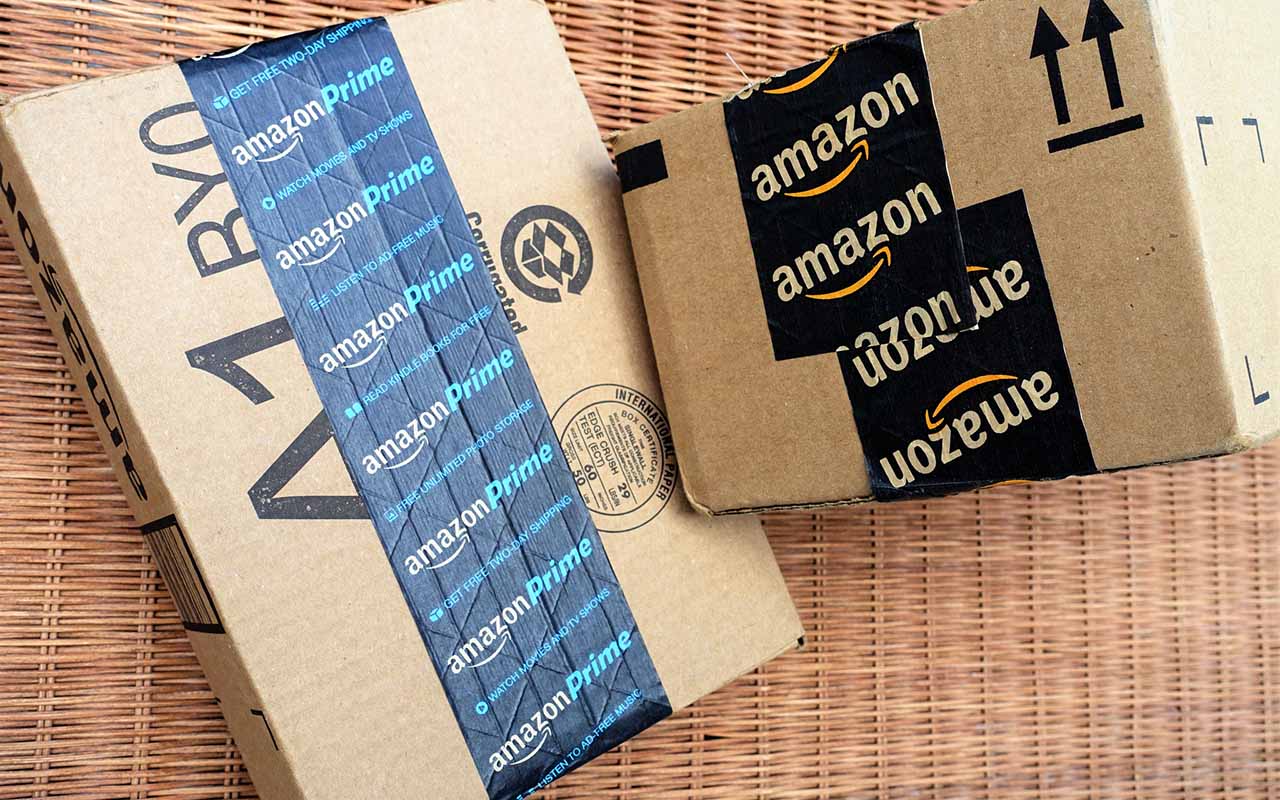 Five Amazon Prime Day Deals We Love
Five Amazon Prime Day Deals We LoveHere's a look at five Amazon Prime Day deals we love this October Prime Day.
By Erin Bendig
-
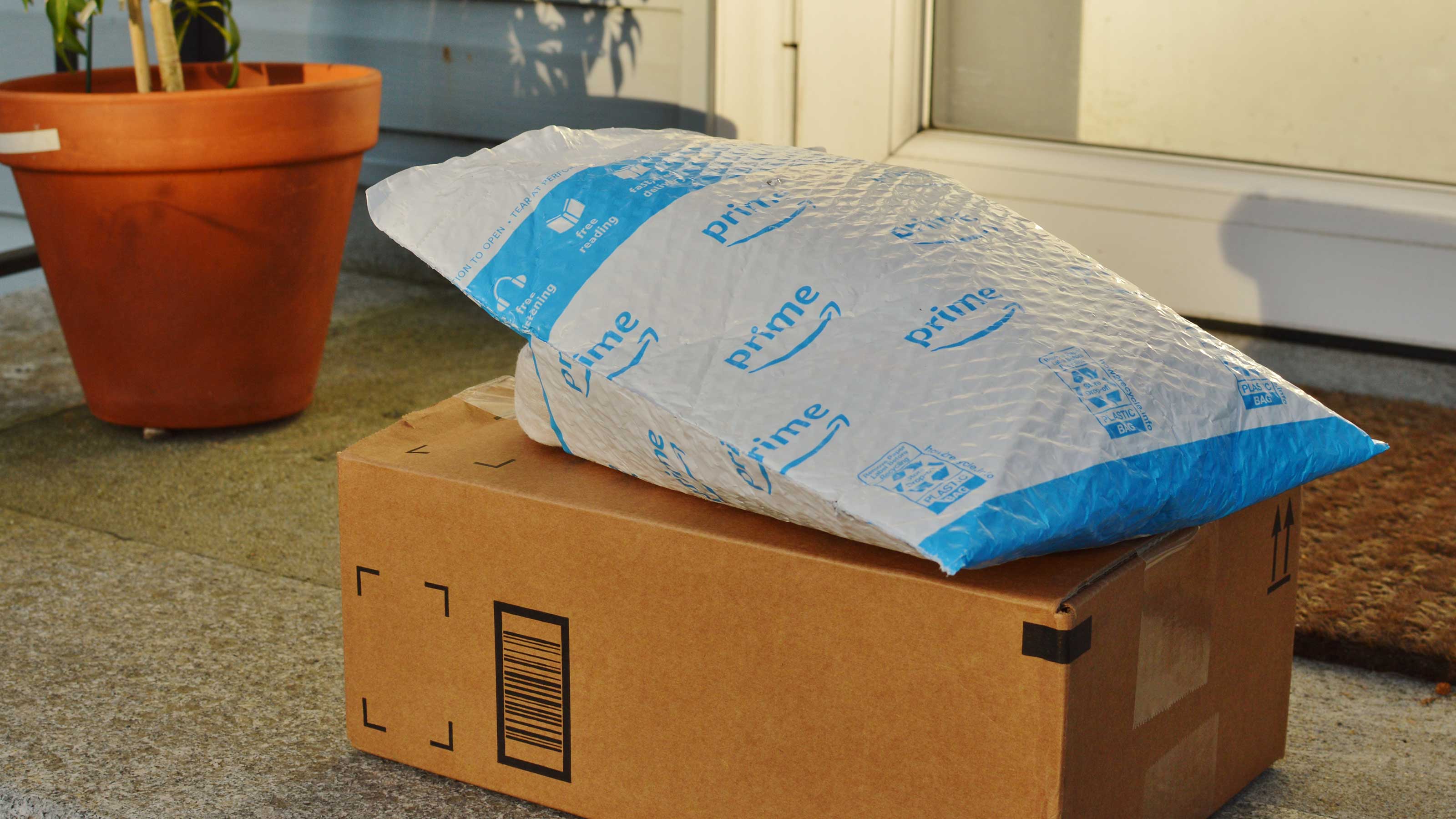 After Amazon Prime Day: The 25 Best Deals Still Going On
After Amazon Prime Day: The 25 Best Deals Still Going OnIf you missed out on Amazon Prime Day, no worries. There are dozens of "too-good-to-miss" Post-Prime Day deals to cash in on, from Samsung, Shark, Ninja, Apple and more.
By Kathryn Pomroy
-
 Amazon Prime Day Southwest Deal: 30% Off Domestic Flights
Amazon Prime Day Southwest Deal: 30% Off Domestic FlightsAmazon Prime Day Southwest Deal: 30% Off Domestic Flights
By Kathryn Pomroy
-
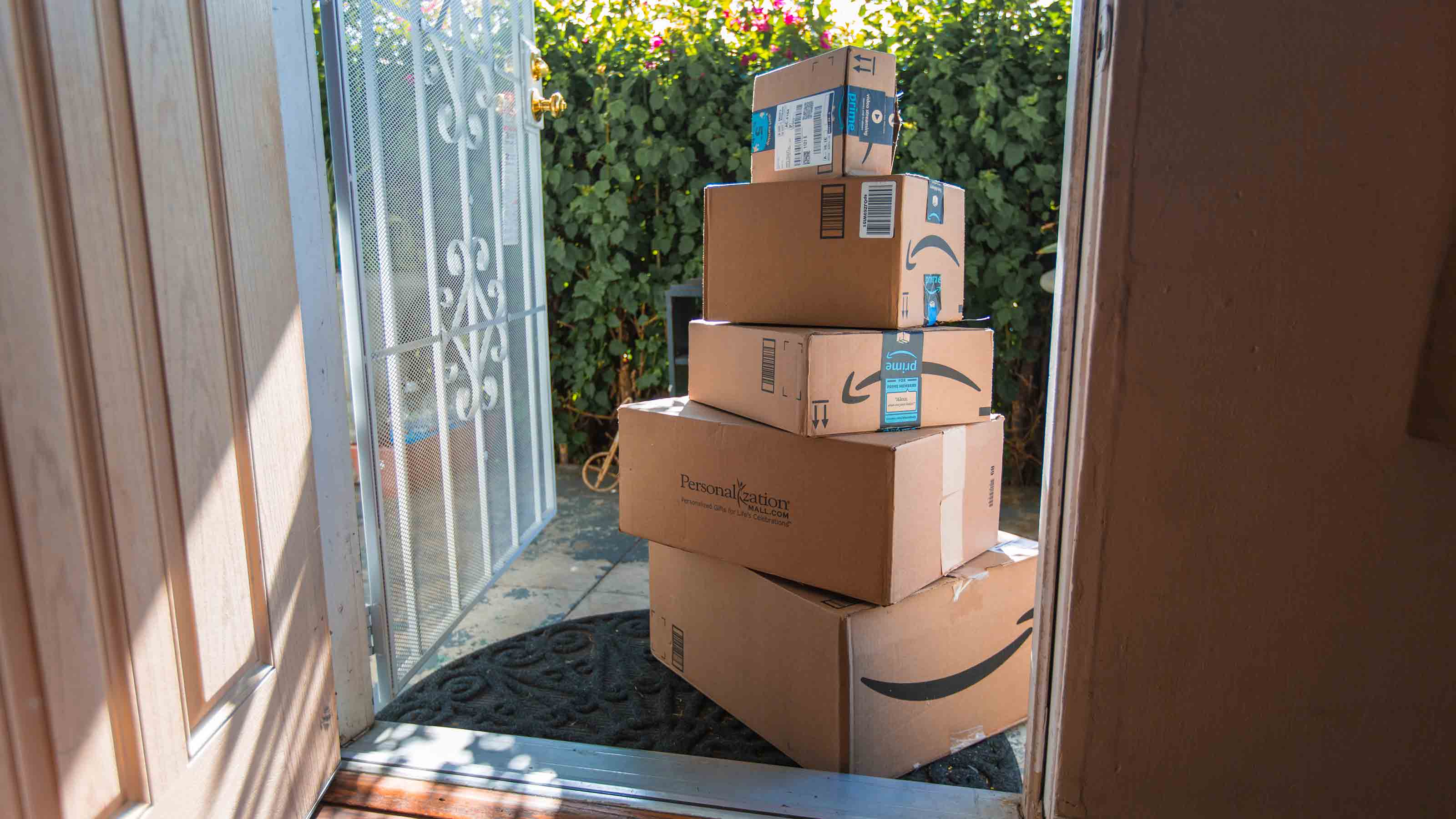 Amazon Prime Day: Best Deals Under $50
Amazon Prime Day: Best Deals Under $50Get the best Amazon Prime Day deals under $50 before they sell out.
By Donna LeValley
-
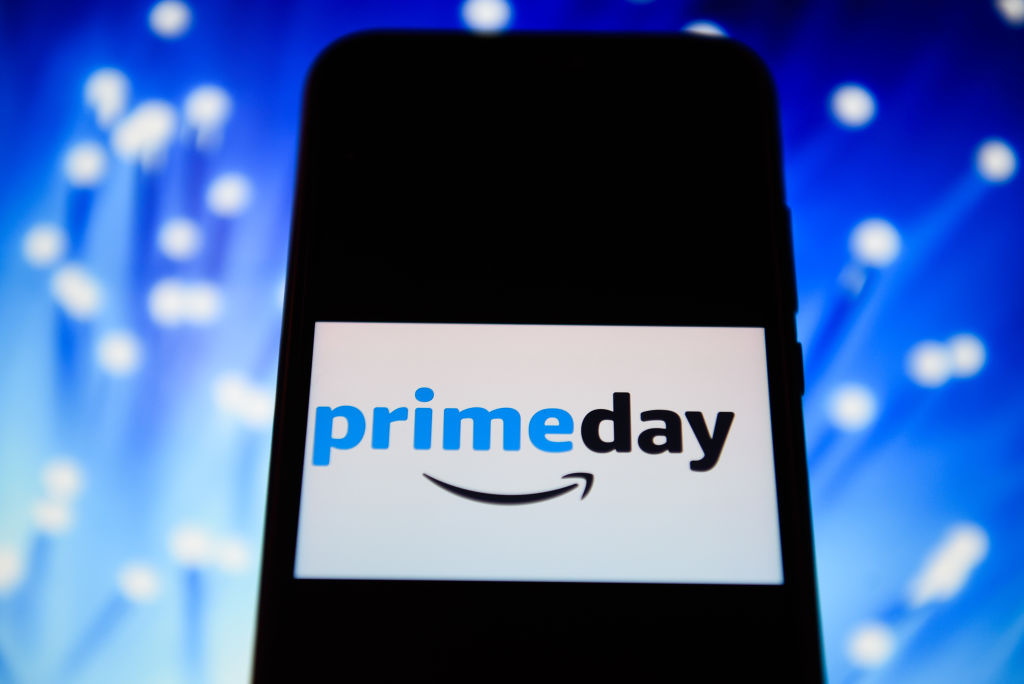 Save Money on Your Energy Bills with These Amazon Prime Day Deals
Save Money on Your Energy Bills with These Amazon Prime Day DealsAmazon Prime Day is prime time to get great deals on energy efficient devices and appliances.
By Donna LeValley